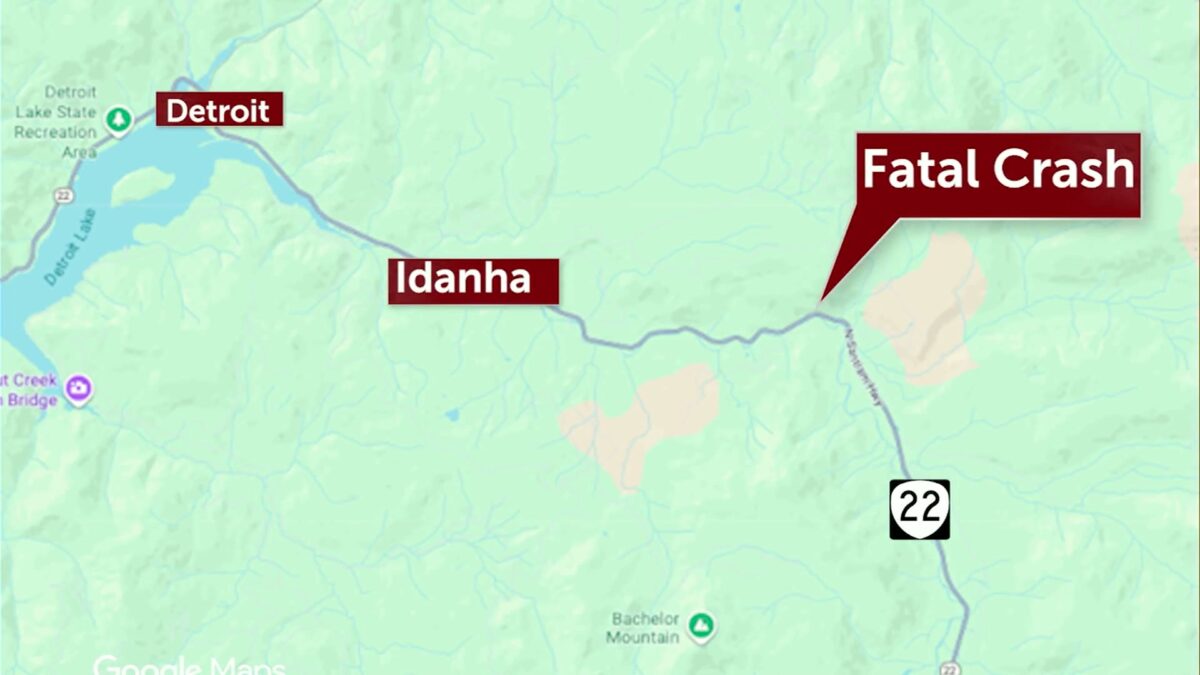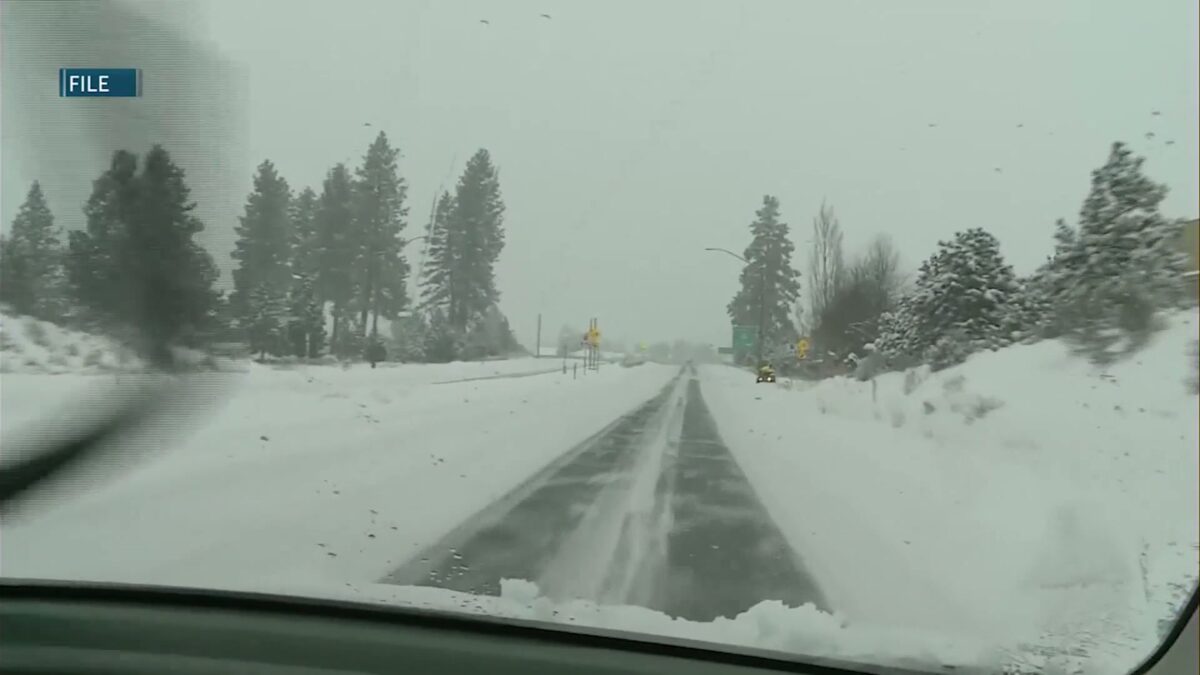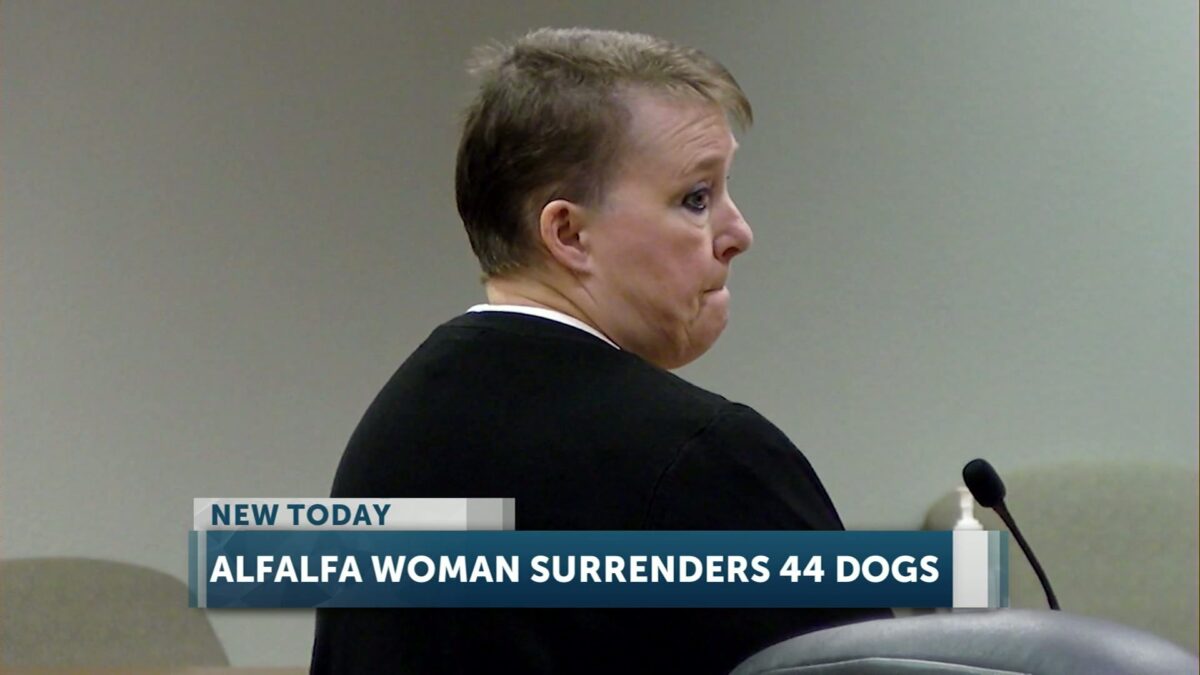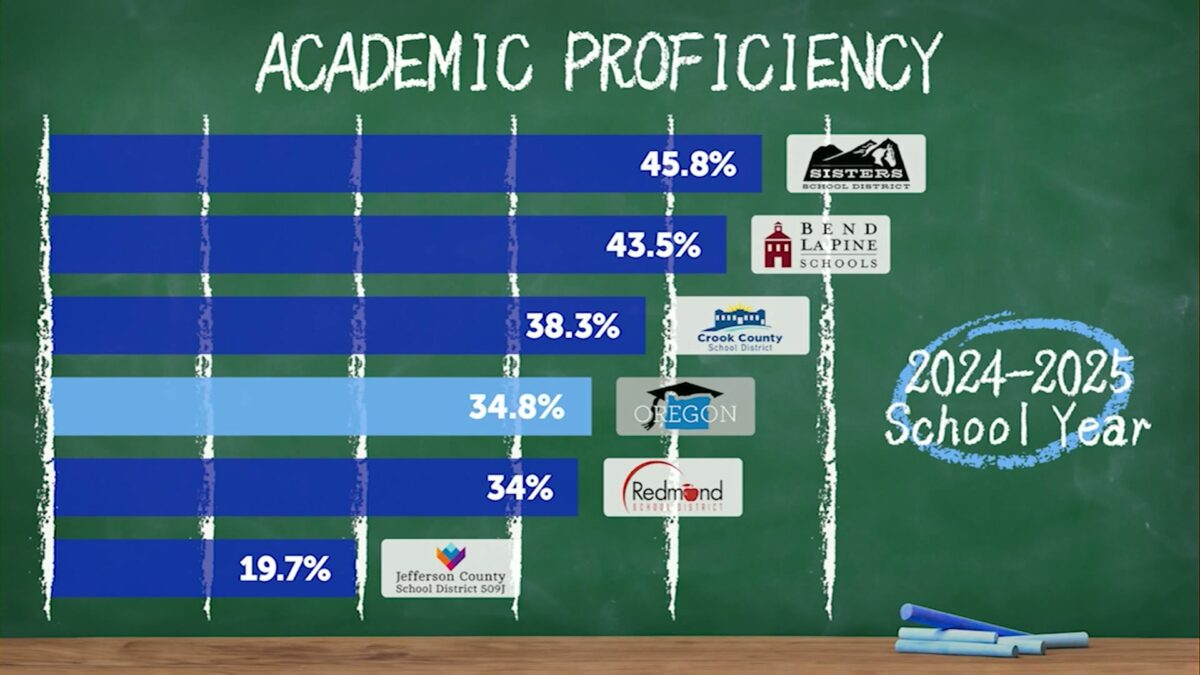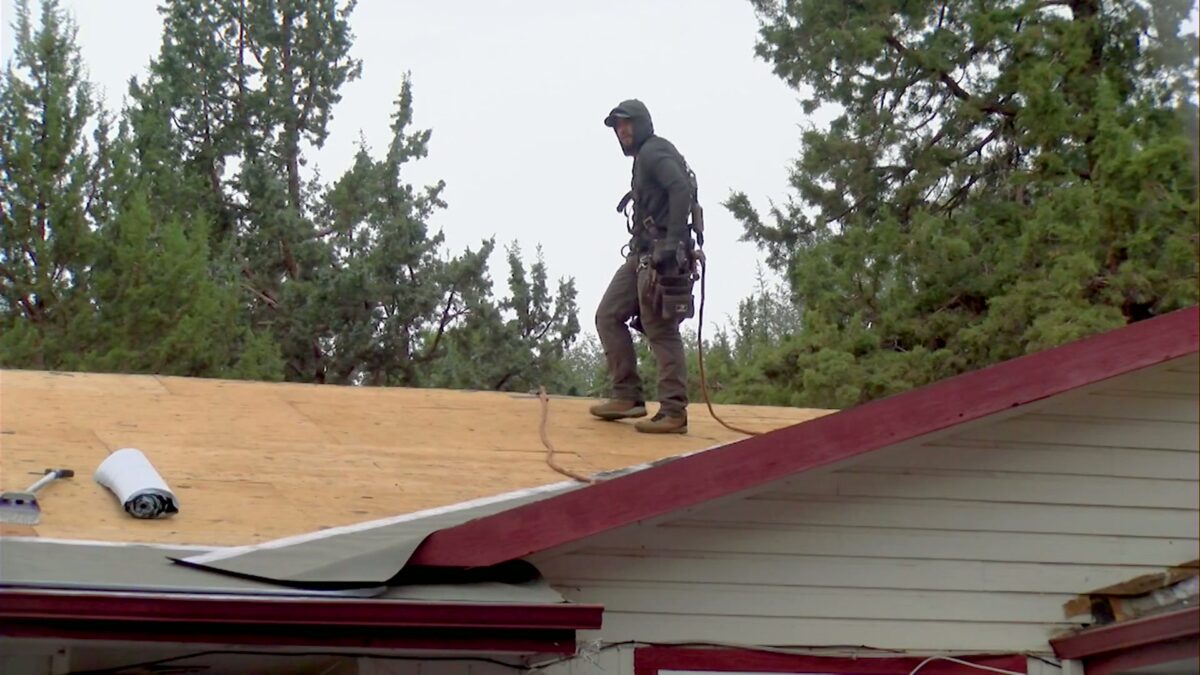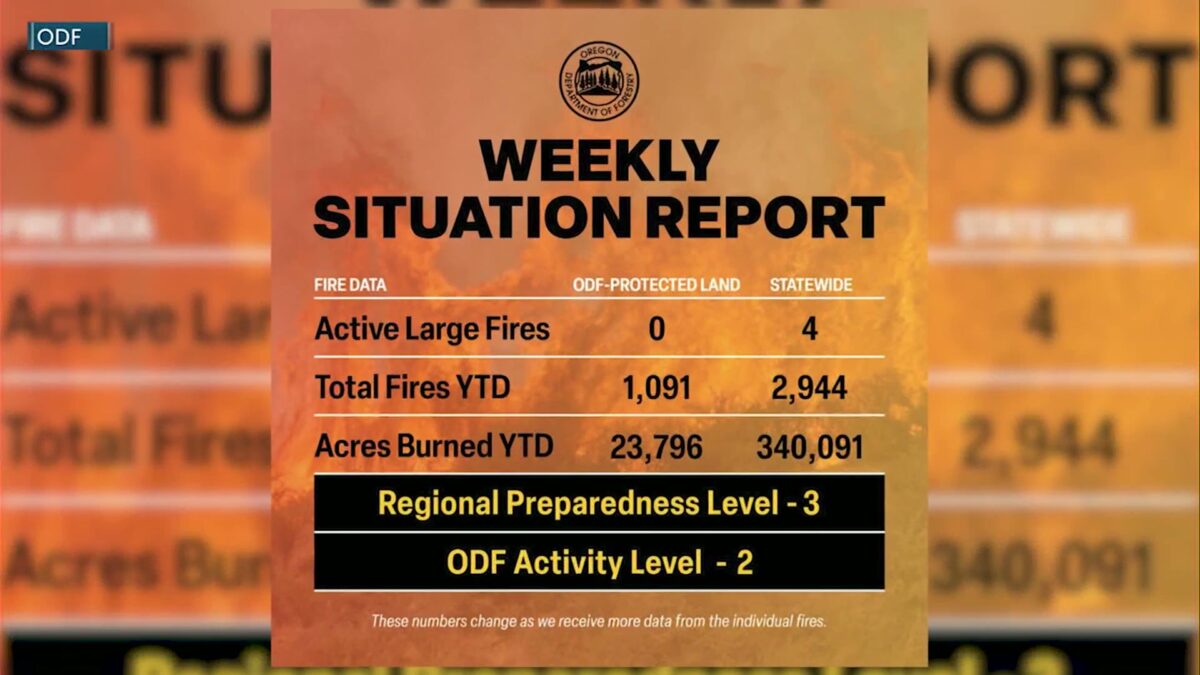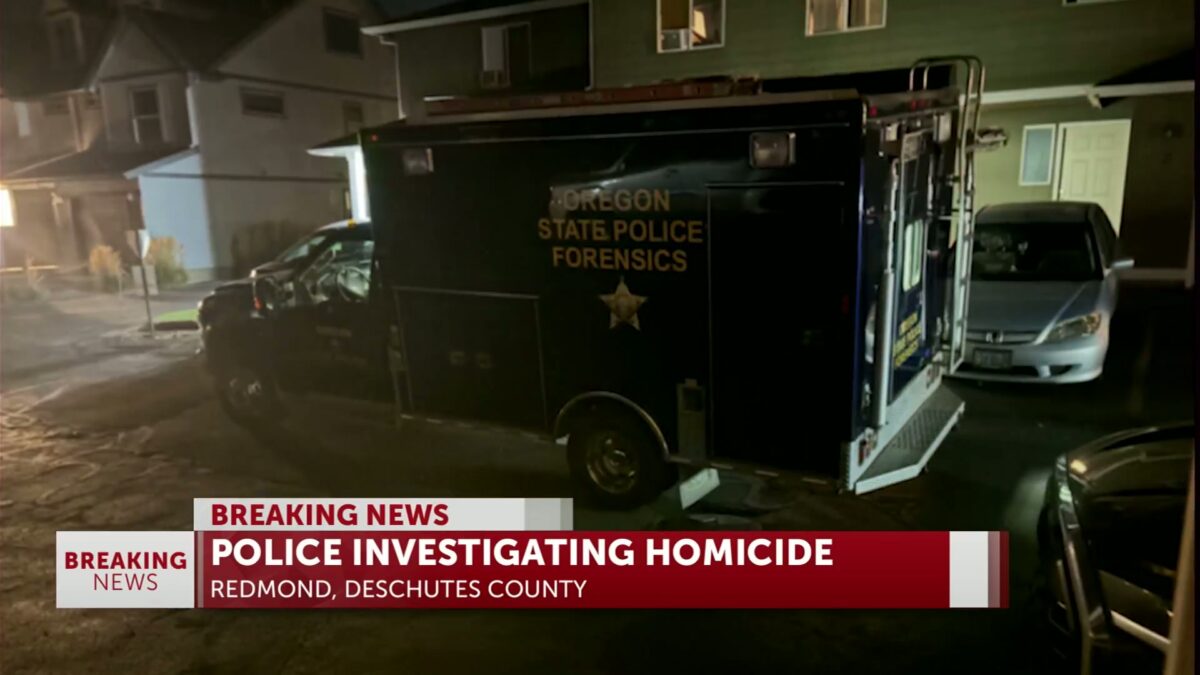Claire Elmer
(Update: adding statistics, comments from ODE director)
BEND, Ore. (KTVZ) — Oregon’s new state education data reveals a landscape marked by incremental progress and enduring challenges. For the first time since 2021, student test scores have improved across all major subjects— literacy, mathematics, and science.
However, the climb back to pre-pandemic achievement levels remains a daunting one, as proficiency percentages statewide are still lagging behind what was seen before COVID-19 disrupted classrooms and learning routines.
In 2018-2019, roughly 44% of Oregon students were considered proficient across all three subjects. Today, that figure sits just under 35%, reflecting an almost nine-point drop in overall performance when comparing pre-pandemic scores to today’s.
These numbers underscore the lingering impact the pandemic has had on Oregon’s already struggling education system. Dr. Charlene Williams, Director of the Oregon Department of Education (ODE), explained that Oregon’s proficiency levels were among the lowest in the country even before the pandemic struck, and the crisis further hobbled an already vulnerable framework.
As Williams noted, “It was low before, it’s low after,” a sobering reminder of the uphill battle facing educators and students statewide.
Central Oregon’s results offer a more nuanced picture. Several districts in the region are managing to outpace the statewide average, showcasing pockets of resilience and innovation.
Sisters School District and Bend-La Pine lead the way, with nearly half of their students meeting state standards across all tested subjects this academic year. Sisters with an average of 45.8% proficiency, and Bend-LaPine with 43.53%.
Crook County follows close behind, registering just above the state average at 38.33% proficiency, while Redmond’s performance aligns directly with statewide metrics at 34% proficiency.
On the other end of the spectrum, Jefferson County continues to face substantial hurdles, with fewer than one in five students meeting proficiency benchmarks in all subjects — 19.73%, to be exact.
Digging deeper into subject-specific trends, the data provided by the Oregon Department of Education highlight persistent dips since the last undisturbed school year of 2018-2019. In literacy, proficiency rates are down 10.9%, from 53.9% to 43%. Math has fallen by 8.4%, dropping from 39.9% to 31.5%, while science has slipped 7.5%, from 37.5% to 30%. These declines have shaped the statewide average proficiency of just 34.83% for the 2024-2025 school year.
The numbers in Central Oregon show clear distinctions in achievement, with Sisters and Bend-La Pine continuing to set the pace for the region, whereas Jefferson County demonstrates the need for targeted support and intervention.
Encouragingly, state education leaders are taking note of these improvements and remain optimistic about the progress—however incremental. They emphasize that recovery will be gradual, tied closely to continued investments in early literacy, math readiness, and attendance initiatives.
Redmond School District has pinpointed growth in its younger grades and hopes to build on that momentum in the coming years, aiming to close the gap and ensure that more students are meeting standards year over year.
While Oregon’s journey to pre-pandemic proficiency remains unfinished, the recent gains across all tested subjects affirm that positive change is happening. With ongoing commitment from educators, administrators, and policymakers — and a spotlight on high-performing districts — there is reason to hope that Oregon students will continue to make strides toward a brighter educational future.
For full details, statistics, and findings, you can view the ODE’s 2024-2025 assessment here.
Earlier Story — October 2nd — SALEM, Ore. (KTVZ) — The Oregon Department of Education released Thursday the 2024-25 Oregon Statewide Assessment System scores, saying the numbers showed “some areas of progress in student achievement alongside continued challenges as schools continue to recover from impacts of the pandemic.”
Here’s the full announcement from the department:
Participation rates improved across all subjects – most notably at the high school level – and gains were seen in Math, English Language Arts (ELA), and Science across several grades. It’s the first year that overall scores increased in all three subjects since testing resumed in the 2021-22 school year following the global pandemic.
However, overall achievement remains below pre-pandemic levels, and persistent opportunity gaps highlight the need for continued focus and sustained support for Oregon’s students and educators.
“Today’s results are a sobering reminder that we must stay the course to make sure every student, no matter where they live or learn, has the support to succeed,” said Governor Tina Kotek. “Oregon’s students deserve a system that fosters success and delivers the results our students, families, and educators expect.”
“Oregon’s most recent test results show both progress and persistent challenges. We know recovery from the disruptions of the past few years will take time, but we cannot afford to wait to act. The new accountability system established through SB 141 positions us to accelerate student learning by focusing on what matters most: early literacy, math readiness, attendance, and meaningful supports for districts. This is about building a system of shared responsibility and continuous improvement so that every student, in every community, has the opportunity to succeed.”
ODE remains committed to maintaining high expectations for every student and supporting educators in the hard work ahead. Several targeted initiatives are already underway, including statewide investments in early literacy best practices (through the Early Literacy Success Initiative) and summer learning with a focus on literacy. Additional areas of focus include continued and increased investment in birth through grade 12 literacy, expanded access to extended learning opportunities, implementation of high-quality instructional materials, and the launch of Oregon’s new Education Accountability Act. As these intentional supports expand, Oregon expects to see lasting gains for students.
Additional Highlights
More students are taking the assessments. Statewide participation rates for each subject area are three to five percentage points higher than 2021-22.
Still far from federal requirement of 95% participation
11th graders continue to participate below levels needed to support intended uses, such as comparison of results
Oregon’s two largest school districts (Portland and Salem-Keizer) increased both Math and ELA scores compared to the previous year.
Proficiency increased in Math in almost all grade levels and in English Language Arts in the majority of grade levels.
Among student groups, African American/Black students, Hispanic/Latino students, and Students Experiencing Poverty increased overall scores in both Math and ELA, as did 6th, 7th, and 8th graders.
About State Summative Tests
Each year, Oregon students in Grades 3–8 and 11 take statewide summative tests in English Language Arts and Math (students in Grades 5, 8, and 11 also take a Science test). These assessments help show how well our education systems are supporting student learning.
The 2024-25 results include students enrolled on May 1, 2025 who responded to at least five computer adaptive items or one performance task.
Oregon’s state assessment system continues to strive for balance by including a focus on culturally responsive practices, which requires a broad range of data sources in addition to academic assessments. For example, results from the Student Education Equity Development Survey help add valuable context to state test scores, building a more complete and meaningful picture of strengths and areas for growth in our education system.
The 2024-25 Oregon Statewide Assessment System results are available on the ODE website.
Statement from Bend-La Pine Schools Director of Communications Scott Maben:
Overall, our proficiency rates remain above the statewide average and are roughly in the top third among larger school districts.
The percentage of students passing the ELA test increased last year at every grade level except grade 5, and grades 4 and 7 were up the most. The percentage of all Bend-La Pine students scoring at Levels 3 and 4 on ELA increased by 1.2 points (to 53%, up from 51.8%) in 2024-25. We also showed much greater growth than the state at grades 4 and 7.
It’s not always obvious why one class performs better or worse one year versus another year, and it’s important to keep in mind that the state is not tracking student cohorts through time, but comparing different groups of students tested at different times.
One explanation for the improving ELA performance might be the new reading curriculum we’ve rolled out over the past three years, along with substantial teacher training to support the curriculum. We’re also rededicating our focus on how much time elementary students spend each day in reading and language arts.
Math performance was largely flat from the prior school year, split between small increases or decreases in passing rates.
Fifth grade science declined from last year, and 8th grade was nearly flat.
As you know, families can opt out of state testing, and many do so in our district. Participation rates in ELA and math were in the low 90s at elementary and in the 80s to low 90s range at middle school. Science participation was in the mid-90s at 5th and 8th grades. Eighth grade math participation is getting close to the 80% threshold.
We do not get valid data from the assessments at the high school level because participation remains well below the 80% participation level that is needed for that. As a result, we are unable to glean insights from the 11th-grade math and ELA results.
It’s easy for families to opt students out of state ELA and math testing following the process established by the Legislature. High schoolers and their parents often see little or no value in state tests because most of the value is to the educational system, not the students themselves.
For our 11th-grade students, state tests happen at about the same time as ACT, SAT, Advanced Placement, and International Baccalaureate testing, all of which are perceived to provide substantially more value to students and their families. Based on feedback we hear from high school families, they see the state test as something that gets in the way of things that are more important.
Statement from Redmond School District Assistant Superintendent Linda Seeberg:
Participation Rates: In order to conduct a meaningful comparative analysis of the OSAS data, test participation rates should be above 80%.
Our participation rates last year were strongest at the elementary level, with most schools’ rates above 90%.
Our middle school participation rates are above the 80% threshold for both 6th and 7th grades.
We had significant increases in participation rates at the HS level, but the rates are still well below the 80% threshold.
We honor parent/guardian legal rights to opt their students out of the state assessment and that has an impact on our overall participation rates.
Achievement Highlights
Our district elementary performance was above the state average in all grades 3-5 in all tested subject areas.
Our district 3rd graders showed strong gains from last year in English Language Arts. This is an important Early Literacy benchmark and good news in the first year of implementation of a new Language Arts curriculum.
Our 6th graders showed strong improvement from last year in both ELA and Math scores.
Key Areas for Targeted Action
Continued investment in early literacy to build strong foundational skills in reading and writing for all students. With the strong implementation of new instructional materials and practices grounded in the Science of Reading in English Language Arts at the K-5 level, we anticipate continued improvement in both individual growth and proficiency rates over time.
Continued investment in data-informed practices includes a balanced examination of various kinds of achievement data to guide decision making in order to inform strategic instructional focus and to direct resources where they are most needed.
Continued investment in creating learning environments where all students experience a sense of belonging and active engagement in their own learning trajectories.
“As a district, we are pleased that on average our elementary students in grades 3-5 performed above the state average in all tested subject areas. Specifically, our 3rd graders demonstrated strong gains in English Language Arts compared to last year, reflecting their hard work and the dedication of our educators. Our 6th graders also showed strong improvement in both ELA and Math. A few of our scores dipped in some areas compared to last year, mirroring similar trends at the state level. We still have a lot of work to do and we have a great team in place and steady goals for continued improvement.”
– Linda Seeberg, Assistant Superintendent, Teaching & Learning
Statement from the Crook County School District:
Crook County School District Shares 2024–25 State Assessment Results
With the release of the 2024–25 OSAS scores by the Oregon Department of Education (ODE) this week, Crook County School District (CCSD) saw encouraging growth in English Language Arts (ELA) and remains focused on addressing key areas for continued improvement.
“These assessments help us understand where our students are performing well and where targeted support is needed,” said Dr. Joel Hoff, Interim Superintendent of Crook County School District. “We’re proud of the effort our students and staff have put in, and we’re committed to using this data to guide instruction and improve outcomes for all our students.”
The most notable improvements this year came in English Language Arts. According to Dr. Hoff, “We’re focused on building strong foundations that support rigorous, meaningful learning district-wide.”
While ELA scores show encouraging progress, district leadership acknowledges that literacy development remains a priority and that mathematics and science continue to require focused attention. Director of School Improvement, Briana Van Roekel, shared, “We’re committed to building strong readers and writers at every grade level, while also doubling down on our efforts in math and science to ensure students are confident and capable in all core content areas.”
High school assessment participation, in particular, remains a challenge. To address this, the district is adopting the ASVAB (Armed Services Vocational Aptitude Battery) as an additional measure of student proficiency in reading, math, and real-world skills. “Our goal is to provide students with assessments that feel meaningful and relevant to their future,” said Dr. Hoff.
Students are at the center of every decision Crook County School District makes, and achievement data plays a vital role in guiding that work.
“We’re using this data to make strategic instructional decisions, identify achievement gaps, and ensure all students have access to a rigorous education,” said Briana Van Roekel, Director of School Improvement. “We care deeply that every student in our district is supported to grow and succeed academically.”
Statement from Jefferson County School District 509-J Superintendent Jay Mathisen:
We’re pleased to see continued growth in our youngest students’ learning, especially in third grade. This year’s state assessment report shows our 3rd grade English Language Arts scores have improved yet again. We know that research is clear, when students are reading at grade level by 3rd grade, they are more likely to succeed throughout their time in school. These results are a direct reflection of the dedication of our teachers, staff, and families in supporting our students.
The cohort of 3rd grade students began school in the years immediately following the COVID-19 pandemic. The growth we’re seeing in these results shows us the resources and targeted investments we’ve made since then are making a difference.
Overall, these results are promising and show that our focus on student growth and achievement is working. We’re grateful to our teachers, staff, and school leaders, for their tireless efforts and to our families for working with us as we continue to get better every day.
Click here to follow the original article.
